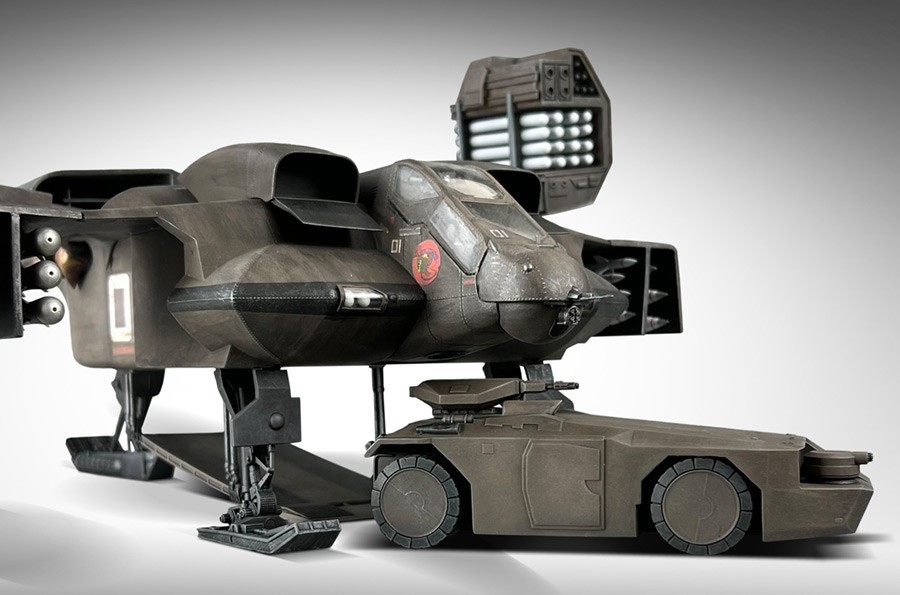Condottiere
Emperor Mongoose
Spaceships: Engineering, Reactionary Rockets, and g-LOC
Q. Travellers must make END checks to avoid suffering the negative effects of high-g, receiving DM+1 if they remain seated in an acceleration seat or similar assistive furniture for the duration of the increment.
R. Travellers who have the Pilot or Flyer skill are trained to deal with high g-forces. Equipment includes g-suits and drugs that mitigate the effects, both of which may be found in the Central Supply Catalogue.
S. A G-suit will not assist movement in a high-G environment but will reduce the total load on a wearer by 1G for any task checks required to maintain consciousness during uncompensated high-G operations; this bonus stacks with any G-tolerance drugs (see page 96) consumed. A liquid-filled version provides better compression and adds another G to the wearer’s tolerance.
T. The short-term injectable version increases G-tolerance by one G for one hour. This effect is instantaneous and will stack with the benefits of a G-suit (see page 106) for tolerating high-G manoeuvres. A voice or radio activated auto-injector (Cr500) for up to 20 doses (sold separately) of this drug is often built into seats of vehicles expected to engage in such manoeuvres and is often available to G-suits or hostile environment vacc suits.
U. Here I was looking forward to acceleration tanks.
Q. Travellers must make END checks to avoid suffering the negative effects of high-g, receiving DM+1 if they remain seated in an acceleration seat or similar assistive furniture for the duration of the increment.
R. Travellers who have the Pilot or Flyer skill are trained to deal with high g-forces. Equipment includes g-suits and drugs that mitigate the effects, both of which may be found in the Central Supply Catalogue.
S. A G-suit will not assist movement in a high-G environment but will reduce the total load on a wearer by 1G for any task checks required to maintain consciousness during uncompensated high-G operations; this bonus stacks with any G-tolerance drugs (see page 96) consumed. A liquid-filled version provides better compression and adds another G to the wearer’s tolerance.
T. The short-term injectable version increases G-tolerance by one G for one hour. This effect is instantaneous and will stack with the benefits of a G-suit (see page 106) for tolerating high-G manoeuvres. A voice or radio activated auto-injector (Cr500) for up to 20 doses (sold separately) of this drug is often built into seats of vehicles expected to engage in such manoeuvres and is often available to G-suits or hostile environment vacc suits.
U. Here I was looking forward to acceleration tanks.

